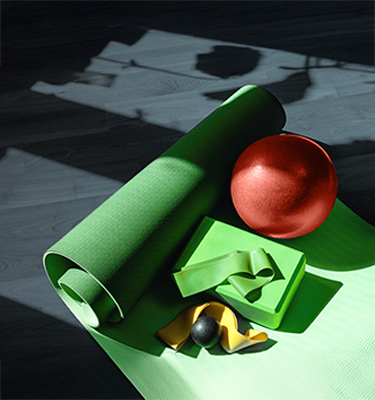Articles les plus populaires

Des passe-temps bénéfiques pour la santé et la longévité
Les passe-temps peuvent être plus qu’une source de joie : les experts affirment que certains « super passe-temps » peuvent également avoir des effets bénéfiques sur la santé.
Trois Canadiens de plus de 75 ans nous révèlent les secrets de leur longévité
Un médecin se prononce sur les habitudes de trois personnes dynamiques qui montrent qu’il n’y a pas de limite d’âge pour adopter un mode de vie sain.

Bonne question : Peut-on prévenir le diabète de type 2?
Un spécialiste explique comment réduire le risque de contracter l’une des maladies chroniques dont la croissance est la plus rapide au Canada.

Bonne question : Peut-on prévenir la dépression?
Cette période de l’année peut être marquée par des hauts et des bas émotionnels. Voyez les conseils d’experts pour protéger votre santé mentale.

Plus de découvertes
Nouveautés dans le domaine de la santé
Ensemble, faisons d’une meilleure santé une réalité
Découvrez comment nous rendons les choix santé plus simples

Nouveautés dans le domaine de la santé des femmes








